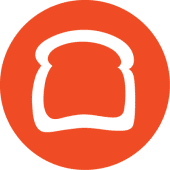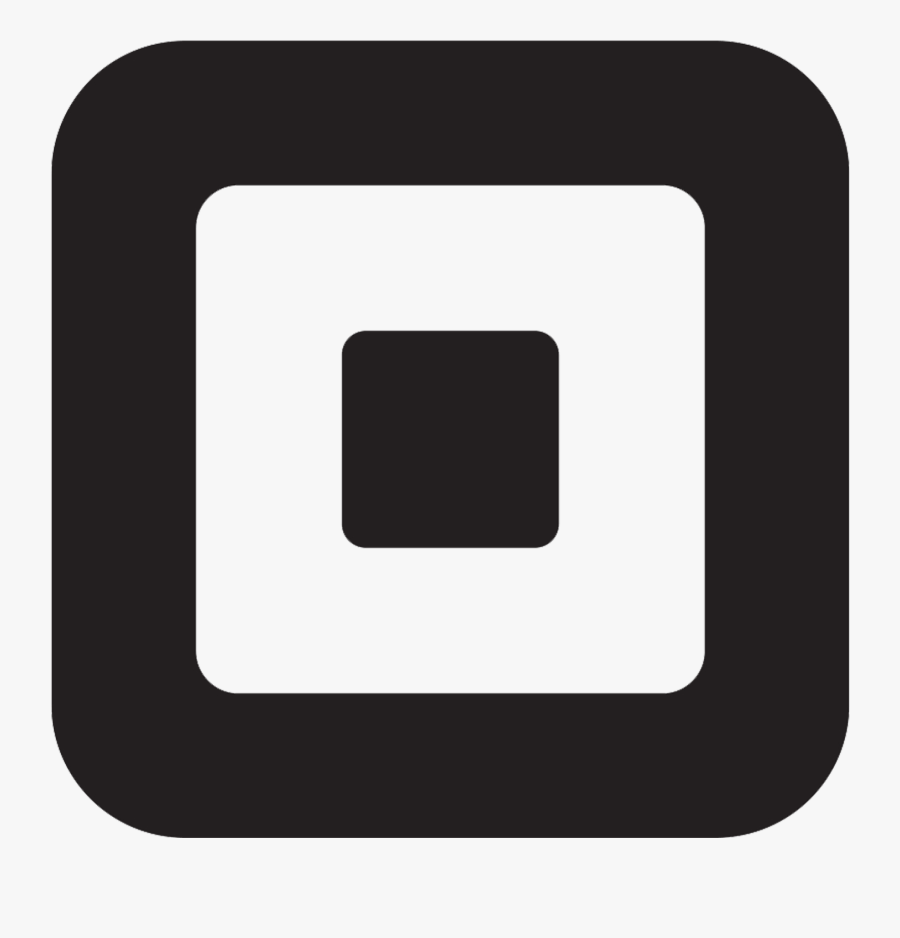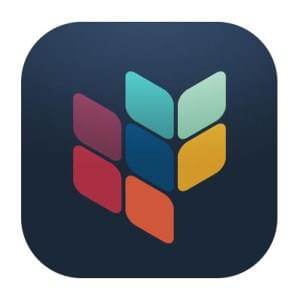Introduction
The term “point-of-sale” (POS) has traditionally meant the cash register — the place in a store where customers purchase goods. But new business models and emerging technologies are redefining the nature of retail, and by extension, retail POS software. The global market for retail automation is projected to reach $275 billion in the next five years, reflecting a compound annual growth rate of 16.7 percent. As retail management software and POS tools continue to evolve, buyers will likely fall into two main categories:
- New or growing businesses that don’t have a centralized tool for processing transactions, managing inventory, etc.
- Established businesses that already use point of sale software, but aren’t happy with their current product due to inefficiencies, limited access, or performance issues.
This guide will help you understand current features and trends in POS tools, how they can benefit your business, and how to choose the best one.
The best point of sale software comparison
The products listed below all include some form of ecommerce, customer loyalty, and inventory feature options.
| CRM | Retail | Appointments and reservations | |
|---|---|---|---|
 |
no | no | no |
 |
yes | yes | no |
 |
no | yes | no |
 |
yes | yes | no |
 |
yes | no | yes |
 |
no | no | yes |
 MindBody
|
yes | yes | yes |
POS Features
POS software is used to process customer transactions, accept payments, and update inventory levels for a retail establishment. Depending on the vendor, businesses can choose between on-premise, cloud-based, or hybrid deployment models. Cloud solutions are generally less expensive on the front end, support greater mobility, and require less IT maintenance. However, some business may choose on-premise or hybrid solutions to ensure offline access in the event of an internet outage, or to secure deeper integrations with POS hardware (barcode scanners, card readers, cash drawers, etc.).
When it comes to features, the software market is highly diverse, with products ranging from best-of-breed payment processing apps to comprehensive product suites known as retail management systems (RMS). Although best-of-breed apps tend to excel at specific functions, a growing number of businesses are moving towards integrated solutions that offer end-to-end functionality. The obvious benefit of an integrated system is that it links POS transactions to other back-end processes like inventory, accounting, and customer relationship management (CRM). According to a recent study by Boston Retail Partners, in the next four years there will be a six-fold increase in the number of retailers using unified commerce platforms.
Most retail POS solutions address the following areas of functionality:
Transaction and payment processing
Clerks and sales associates can enter items, calculate total purchase cost, process multiple payment sources (card, check, cash, etc.), and print customer receipts. They can also use the system to issue refunds for returned merchandise or void transactions performed in error.
Customer relationship management (CRM)
While most POS systems don’t include full-featured CRM software, they usually have some ability to store basic customer data, such as name, contact information, and purchase history. This data can be used to personalize the shopping experience, build marketing campaigns, and access specific transaction details without a paper receipt.
Inventory
Better inventory management is one of the biggest opportunities for retail establishments to improve their bottom line. American retailers have lost an estimated $224 billion by keeping too much inventory in stock, and $45 billion by not having enough. While standalone inventory management software exists, most POS software can update inventory levels in real-time, at the moment the transaction occurs, so you’ll always have an accurate count. Many retail management solutions also incorporate ordering and demand planning tools to keep the shelves stocked through automatic replenishment.
Reporting and accounting
Managers can use POS systems to regularly generate reports and track financial performance for single stores or across multiple locations. These reports satisfy record-keeping and tax requirements and provide insight for future business planning, hiring decisions, and clerical problem solving. Many POS systems also integrate with full-featured accounting software suites.
Hardware integration
Although many retailers are now using consumer devices to process transactions, it’s still important that solutions support proprietary hardware used to scan items, print receipts, and accept payments. For retail establishments with smaller inventories or mobile sales operations, this can be as basic as a card reader + receipt printer + tablet setup. Larger stores may require more specialized hardware, such as barcode scanners, scales, tag deactivators, and inventory PDAs.
In addition to these larger functional areas, a retail POS solution may offer some or all of the following features:
- Purchase ordering
- Warehouse and supply chain management
- E-commerce
- Marketing automation
- Store budgeting
- Performance management/KPI tracking
- Native mobile application(s)
- Rewards/loyalty program(s)
Looking for demos of Retail POS software? Check out our Retail POS Software YouTube Playlist!
Common uses of POS software
Point-of-sale software can be used anywhere goods or services are sold, whether it be a brick-and-mortar store, a mobile retailer, an e-commerce business, or some combination of the three. Retail stores, restaurants, personal service companies, gas stations, and admission-based attractions all use POS software.
Some businesses may only use software to handle basic transaction processing and store sales records, while others take a more comprehensive approach, using POS data to inform financial planning, marketing campaigns, and inventory management.
Common uses and major vendors of restaurant and bar POS systems
Restaurant POS systems do more than work as a digital cash register. These tools often include reservations and seating charts that hosts can access through tablets or desktop stations. Restaurant management software built into the POS software can track food and beverage inventory alongside sales and revenue to increase order efficiency and better understand food cost margins. Bar point-of-sale systems can lower wastage margins and improve bartender accuracy through data tracking.
In addition to back-of-house data, these tools often bring value to customers with handheld payment stations that mean customers never let their cards out of sight. Many restaurants also use these tools to maintain email marketing and customer loyalty programs.
Top vendors of restaurant and bar point-of-sale software include:
Common uses and major vendors of ecommerce POS software
Retailers looking to move their business online and companies that start out as online retailers will need an ecommerce solution to manage inventory, create products, display products to website visitors, and process payments.
Ecommerce point-of-sale can come as a standalone software that the retailer can license to add into their existing website, a total website builder, or a specialized set of tools within a larger POS or CRM system. Companies with an existing website may consider adding a store to their site to offer products and payment options. WooCommerce is an ecommerce software built specifically for WordPress sites.
Other retailers may want to build their site from scratch using a website builder that is specifically designed for ecommerce, like Shopify or BigCommerce. These tools prioritize making well-designed product pages and fast payment gateways.
Large corporations with existing customer bases and inventory tools may want to search for an ecommerce POS that works with their existing systems. Salesforce CRM offers an ecommerce tool that integrates with existing CRM information, and NetSuite ERP has inventory and ecommerce tools.
Common uses and major vendors of POS software for personal service companies
Personal service companies provide niche services to individuals, including yoga studios, massage therapists, wedding planners, and dog walkers. These businesses don’t necessarily require a full-blown accounting software and can use their POS system to make payments and track invoices. Some personal service POS systems make appointments and provide scheduling features, while others are simple payment gateways. These tools can give personal service businesses a direct correlation between their work schedule and their revenue.
Major vendors of personal service POS software
- Square Point-of-Sale
- Quickbooks Point-of-Sale
- Vagaro Pay Desk
Trends in point-of-sale software
There are a number of prominent trends currently shaping the software market. Factoring these trends into your buying decision will help you select a product that offers the most long-term value.
Mobility
Innovations in mobile technology have a profound impact on POS from both sides of the counter. The emerging popularity of mobile wallets will require stores to consider contactless payment terminals that work with QR codes or “near field communications” (NFC) and POS software optimized for contactless payment. Conversely, many retail businesses are adopting their own mobile practices to permit movement about the store, reduce countertop footprints, and sell items outside of the store (at conferences, bazaars, service calls, etc.). According to the IHL Group, the mobile POS hardware/software market is worth over $2 billion in North America alone.
CRM + POS
Point of sale software with integrated CRM gives businesses the ability to personalize interactions and gather valuable data that can be used for market research. This kind of targeted, data-driven approach can be a strong competitive advantage for stores that use it. Instead of passive transaction processing, sales associates can use CRM insights to make upsell and cross-sell suggestions tailored to each customer. CRM data can also be used to grow repeat customers through drip marketing campaigns and personalized promotions. A loyal customer, on average, is worth about 10 times the value of their first purchase.
Security measures
Recent high-profile breaches at stores such as Target, Home Depot, and Michael’s have drawn attention to the inherent vulnerabilities of payment processing. As POS technology continues to evolve, business are demanding better security measures. Compliance with PCI DSS (Payment Card Industry Data Security Standard), multi-level encryption, password-restricted access, and tokenized credit card processing are a few of the latest standards. About 63 percent of retail decision-makers say that payment security is one of their top three priorities for 2015.
Digital rewards programs
Many businesses are now leveraging their POS systems to run digital rewards and loyalty programs. These programs encourage store visits and specific purchases by offering conditional value rewards (e.g. receive a $10 gift card for every $100 you spend), or exclusive perks (e.g. free shipping for all online orders). Instead of using paper punch cards or complicated mail-in registrations, businesses can use customer loyalty software to provide incentives through digital mediums like mobile, e-commerce, and social media.
Creating Executive Buy-In
To ensure successful adoption and long-term ROI, it’s important to “sell” a POS solution to its future stakeholders in the company, especially leadership. They should agree with the need for a POS solution and understand the value it will add. Here are some selling points for specific executives:
CIO/CTO
Your chief information officer (or chief technology officer) is responsible for planning and directing IT initiatives that support larger business goals, which is why they’re the first stakeholder you should talk to. It’s also likely that your CIO reports to the CEO and CFO, so it’ll help to have them on your side before moving forward.
Chances are, if your business is large enough to have a CIO, you’re already using some kind of POS system. That means you’ll need to start by pinpointing areas where this system is underperforming, whether it be downtime issues, workflow inefficiencies, lack of visibility, etc. Then, explain how an updated POS solution can position the company to embrace new trends like mobile wallets and digital loyalty programs, not to mention better protect against POS malware strains and other security threats. If you’re using an older, on-premise program, does the vendor still provide security patches and updates?
CEO
Your chief executive officer is tasked with maximizing the value of the company, beating competitors, and optimizing the core business model. No two CEOs are the same: some are eager to embrace new technology for competitive advantage; others focus on big picture plays and consider software a “necessary evil.” Either way, they’ll want to know how a given POS system can improve the company’s position in the market. In many ways, POS is the nucleus of retail operations. It has direct, measurable impact on customer service, sales, accounting, and inventory management. If your business is using an outdated, inefficient system, performance will suffer in these areas, which hurts your bottom line.
Modern POS solutions — especially cloud-based products — help create a more accurate, real-time infrastructure for retail and extend the same synchronization to ubiquitous mobile access. More than 50 percent of all retailers have already embraced cloud computing to centralize and streamline operations.
CFO
As you might have guessed, your CFO will primarily be concerned with the financial impact of a new POS solution. How much will it cost? What will operating expenses look like? Can it bring in additional revenue? How long will it take to recoup the initial investment? To provide accurate answers to these questions, you’ll have to “do your homework.” Calculate estimated cost based on the number of users and terminals and any charges associated with implementation, then show the cost sheet to your CFO. Since they’re priced on a monthly subscription basis and hosted in the cloud, software-as-a-service (SaaS) products eliminate hefty upfront licensing fees and reduce IT maintenance costs.
Some of the greatest financial benefits aren’t evident in the daily churn of transactions but in the connections between POS and other strategic business processes, such as marketing. A POS system with built in CRM capabilities can support targeted campaigns and loyalty programs that bring keep customers coming back to the store. According to a recent TechnologyAdvice study, customers are 80 percent more likely to shop at stores that offer some kind of loyalty program.
Case study: Ibex Outdoor Clothing
Solution: Netsuite SuiteCommerce, POS, Inventory and Order Management
Ibex Outdoor Clothing is a merino wool apparel company based in White River Junction, Vermont. They sell through an online marketplace and over 500 retail partners across North America. Before 2011, they were using a standalone ERP system and a custom-built website to manage ecommerce and retail operations. The lack of integration between these systems caused mistakes, slow fulfillment times, and limited visibility.
In anticipation of the busy fall season, Ibex decided to make a change. They needed an IT upgrade that would cover POS at stores in Boston and Seattle, provide enterprise-wide inventory management, and drive effective customer loyalty and marketing efforts. Ibex chose an end-to-end retail management suite from Netsuite called SuiteCommerce. SuiteCommerce provides integrated e-commerce, in-store POS, and order management through a centralized platform. Full implementation took about three months, and shortly thereafter, Ibex reported a number of key benefits:
- Reduced IT costs by about $150,000 per year
- Increased revenue by 37 percent and warehouse efficiency by 300 percent, with help from a Netsuite fulfillment partner called OzLINK
- Cut wholesale order processing time from three hours to 10 minutes
- Online shopping conversions increased 20 percent; site visits increased 24 percent
- Addition of 100 new retail partners
- Fast, easy generation of ad hoc financial reports
- Ability to view real-time inventory levels across the entire enterprise, vs. 24 hour delay with previous system
Other market-leading solutions
NetSuite’s platform is one of the top solutions on the market, but not every business need a multichannel, enterprise platform. Here are some comparable POS solutions that offer varying scale and depth of features:
- Brightpearl
- Lightspeed Retail
- CashierLive
- ShopKeep
- RICS
- TouchBistro
Choosing the best POS solution
At TechnologyAdvice, our goal is to help businesses connect with the technology that best meets their needs. We’ve compiled product information, reviews, case studies, features lists, video walkthroughs, and research articles on hundreds of leading IT solutions, all to make the buying process more straightforward for decision makers like you.
If you’re curious about any of the retail POS solutions or features listed in this guide, we’d love to talk to you. Call one of our in-house specialists for a free consultation, or use the Product Selection Tool on our website to get a personalized recommendation.
Have Questions? Our team of experts is ready to help! 877.702.2082